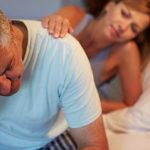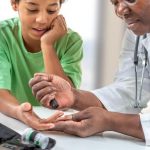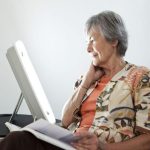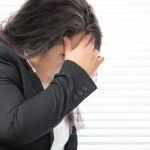
Keeping an eye on safety will let the joy from holiday toys last longer, without a trip to the emergency room, experts say. Last year, more than 200,000 people were treated in emergency departments for toy-related injuries, according to the U.S. Consumer Product Safety Commission (CPSC). Dr. Roopa Thakur, a pediatrician at Cleveland Clinic Children’s in Ohio, recommends keeping toy safety in mind safety when choosing a gift. Toys that shoot objects into the air may cause bodily injury, Thakur noted. “They can cause eye injury, especially,” she said in a Cleveland Clinic news release. “So, if you have kids that are running around and shooting things at each other, make sure that there is good supervision.” Small toys and pieces can be choking hazards for young children who could put them in their mouths. Parents should be wary of toys that have button batteries or high-powered magnets, Thakur said. If your child swallows these, they can damage their tissues and intestines, turning holiday fun into a surgical emergency. The highest number of toy-related injuries are from non-motorized scooters. When buying scooters, bikes, rollerblades and tricycles, also get safety gear. “Consider giving a helmet,” Thakur said. “If you are gifting a hover scooter or something similar, knee and elbow pads would be great to gift as well, to prevent injury in the case of a… read on > read on >



























-300x200.jpg)










